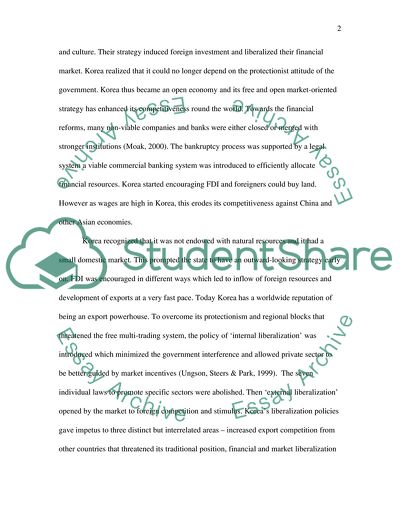Cite this document
(Trade Investment and Policy in Asia Article Example | Topics and Well Written Essays - 2250 words, n.d.)
Trade Investment and Policy in Asia Article Example | Topics and Well Written Essays - 2250 words. https://studentshare.org/macro-microeconomics/1727721-trade-investment-and-policy-in-asia
Trade Investment and Policy in Asia Article Example | Topics and Well Written Essays - 2250 words. https://studentshare.org/macro-microeconomics/1727721-trade-investment-and-policy-in-asia
(Trade Investment and Policy in Asia Article Example | Topics and Well Written Essays - 2250 Words)
Trade Investment and Policy in Asia Article Example | Topics and Well Written Essays - 2250 Words. https://studentshare.org/macro-microeconomics/1727721-trade-investment-and-policy-in-asia.
Trade Investment and Policy in Asia Article Example | Topics and Well Written Essays - 2250 Words. https://studentshare.org/macro-microeconomics/1727721-trade-investment-and-policy-in-asia.
“Trade Investment and Policy in Asia Article Example | Topics and Well Written Essays - 2250 Words”. https://studentshare.org/macro-microeconomics/1727721-trade-investment-and-policy-in-asia.


